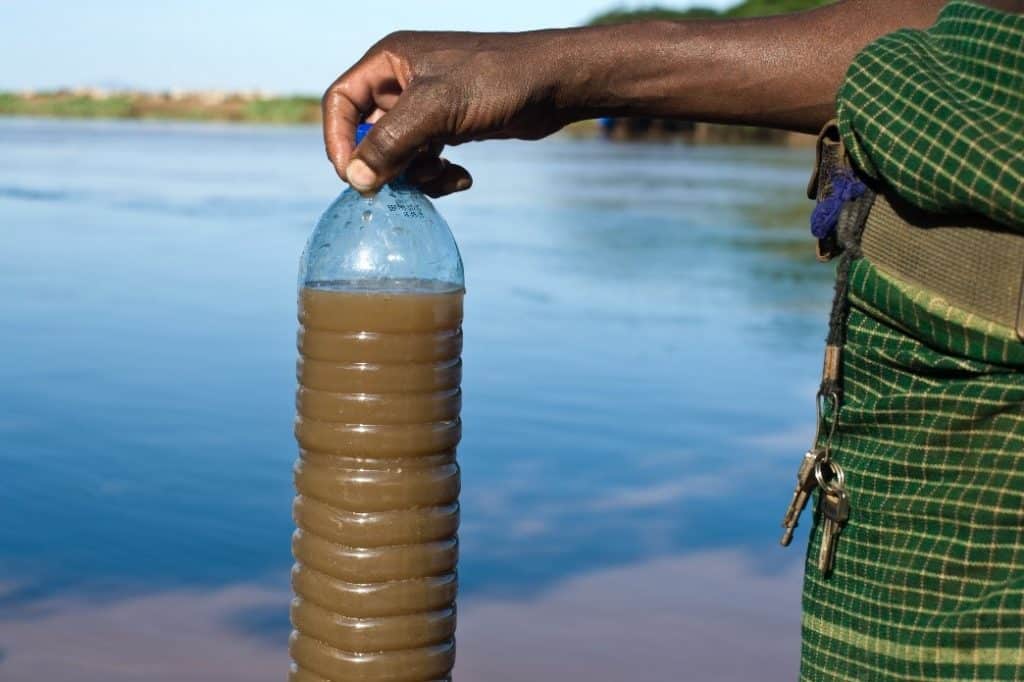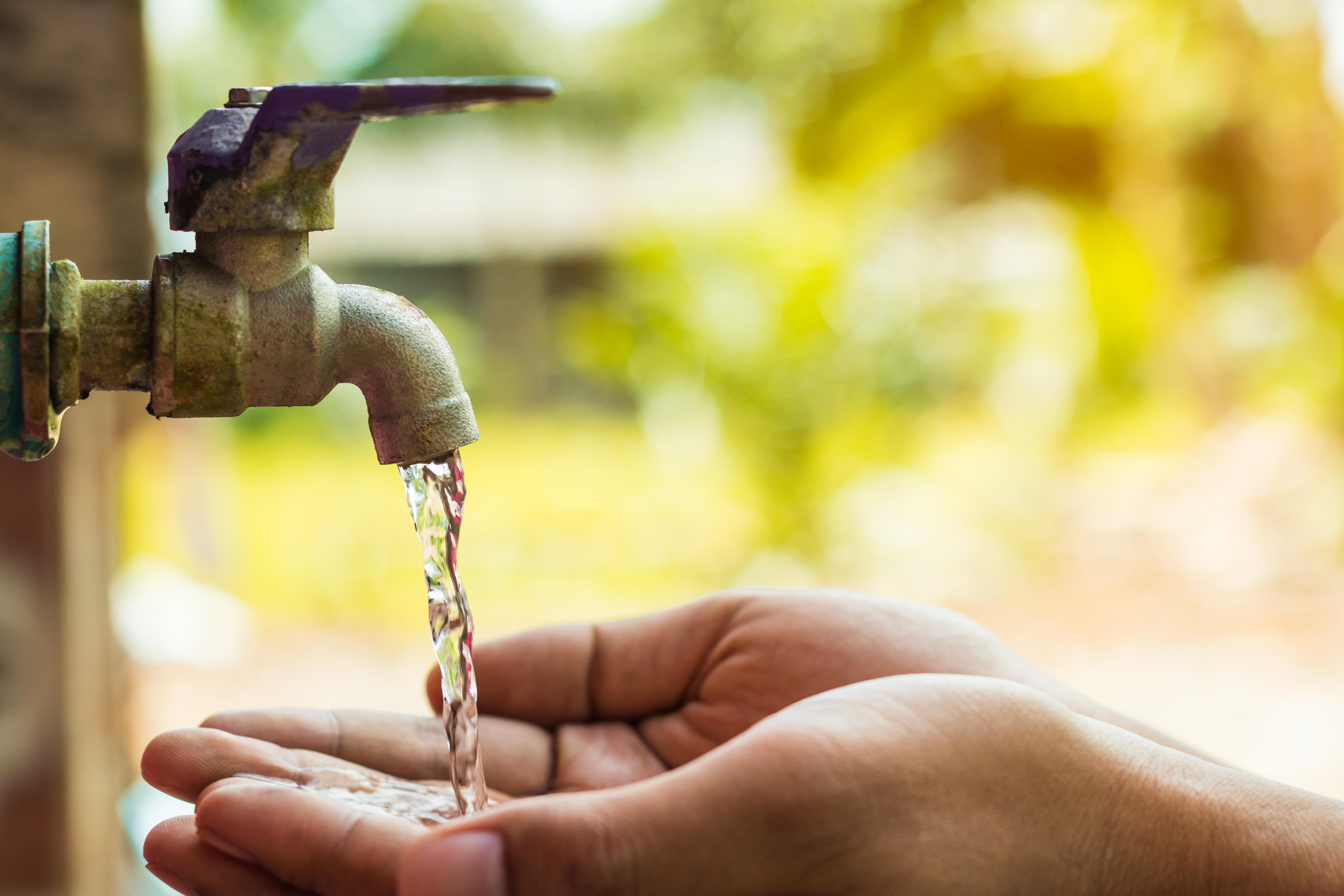Why Dirty Water Drink Can Be A Serious Health Hazard
You’ve probably heard about the dangers of drinking dirty water, but do you really know how bad it can get? Imagine sipping something that looks like a swampy soup or smells like a sewer. Yeah, that’s dirty water for you. Now, I’m not here to scare you—but trust me, this is serious business. Drinking contaminated water isn’t just unpleasant; it can literally kill you.
Dirty water drink might sound like something out of a horror movie, but it’s a harsh reality for millions of people around the world. Whether it’s due to pollution, poor sanitation, or lack of access to clean water sources, the risks are real. In this article, we’ll dive deep into what dirty water is, why it’s dangerous, and most importantly, how to protect yourself and your loved ones.
This isn’t just about some random issue—it’s a global crisis affecting everyone, from developing nations to even your own backyard. So buckle up because we’re about to explore everything you need to know about dirty water drink and why it matters more than you think.
Read also:Hickory Strip Club The Ultimate Guide To Fun Entertainment And More
What Exactly is Dirty Water?
Dirty water refers to any water source that has been contaminated with harmful substances, whether it’s bacteria, viruses, chemicals, or even physical debris. Picture this: you’re hiking in the woods and come across a stream that looks crystal clear—but appearances can be deceiving. That water could be teeming with microscopic organisms that can wreak havoc on your health.
There are different types of dirty water, depending on what’s polluting it. For instance:
- Biological contamination: Think bacteria, viruses, and parasites.
- Chemical contamination: This includes pesticides, heavy metals, and industrial waste.
- Physical contamination: Bits of trash, sediment, or even dead animals floating around.
Each type of contamination poses its own set of risks, and sometimes you can have a combination of all three. Yuck, right?
How Does Water Become Dirty?
Water doesn’t just magically turn dirty overnight. There are several factors that contribute to water contamination, and they’re often interconnected. Let’s break it down:
Pollution from Industries
Factories and manufacturing plants are notorious for dumping waste into rivers and lakes. This can include toxic chemicals, heavy metals, and other hazardous materials that seep into the water supply. If you’ve ever seen a river that looks like it’s been dyed neon green, you know what I’m talking about.
Poor Sanitation Practices
In many parts of the world, sewage systems are either non-existent or poorly maintained. This leads to human waste mixing with drinking water sources, creating a breeding ground for diseases like cholera and dysentery. It’s not pretty, but it’s a harsh reality for millions of people.
Read also:Inside Out Disney Bounding A Journey Into Emotional Adventures And Style
Runoff from Agriculture
Farmers use fertilizers and pesticides to boost crop yields, but when it rains, all that stuff gets washed away into nearby water sources. This runoff can introduce harmful chemicals into the water, making it unsafe to drink.
The Health Risks of Drinking Dirty Water
Now that we’ve covered how water becomes dirty, let’s talk about the real consequences of drinking it. Spoiler alert: it’s not good news. Dirty water drink can lead to a wide range of health problems, some of which can be fatal if left untreated.
Waterborne Diseases
One of the biggest dangers of drinking dirty water is contracting waterborne diseases. These are illnesses caused by pathogens like bacteria, viruses, and parasites that thrive in contaminated water. Some common examples include:
- Cholera
- Dysentery
- Giardia
- Hepatitis A
Each of these diseases can cause severe symptoms, ranging from diarrhea and vomiting to organ failure and death in extreme cases.
Chemical Poisoning
Chemical contamination in water can lead to poisoning, which can have long-term effects on your health. For example, exposure to lead can cause developmental issues in children, while arsenic exposure has been linked to cancer. These chemicals don’t just disappear overnight—they can accumulate in your body over time, leading to chronic health problems.
Nutritional Deficiencies
Believe it or not, drinking dirty water can also lead to nutritional deficiencies. When your body is constantly fighting off infections caused by contaminated water, it can’t properly absorb nutrients from food. This can result in malnutrition, especially in children and vulnerable populations.
Who is Most at Risk?
While dirty water drink is a concern for everyone, certain groups are more vulnerable than others. Let’s take a closer look:
Children
Kids have weaker immune systems than adults, making them more susceptible to waterborne diseases. Plus, they tend to drink more water relative to their body weight, which increases their exposure to contaminants.
Pregnant Women
Pregnant women need to be extra cautious about drinking clean water. Exposure to certain chemicals and pathogens can harm both the mother and the developing fetus, potentially leading to complications during pregnancy.
Elderly People
As we age, our immune systems become less effective at fighting off infections. This makes elderly people more vulnerable to the effects of drinking dirty water.
How to Detect Dirty Water
So, how do you know if the water you’re drinking is dirty? Sometimes the signs are obvious, but other times they’re more subtle. Here are a few things to look out for:
Visual Clues
If the water looks cloudy, has visible particles floating in it, or has an unusual color, it’s probably not safe to drink. Trust your instincts—if it looks gross, it probably is.
Smell Test
Dirty water often has a distinct odor. It might smell like rotten eggs, sewage, or even chemicals. If it smells funky, don’t take the risk.
Taste Test
While not the most scientific method, your taste buds can sometimes tell you if water is contaminated. If it tastes metallic, bitter, or just plain weird, it’s best to avoid it.
Solutions to the Dirty Water Crisis
Now that we’ve painted a pretty grim picture, let’s talk about solutions. The good news is that there are ways to combat the dirty water drink crisis, both on a personal and global level.
Personal Solutions
For individuals, there are several steps you can take to ensure you’re drinking clean water:
- Use water filters: These can remove many contaminants from tap water.
- Boil water: This kills most bacteria and viruses, making it safer to drink.
- Choose bottled water: If you’re unsure about the quality of your local water supply, opt for bottled water as a temporary solution.
Global Solutions
On a larger scale, governments and organizations need to work together to address the root causes of water contamination. This includes:
- Improving sanitation infrastructure
- Regulating industrial waste disposal
- Promoting sustainable agricultural practices
The Role of Technology in Solving Water Contamination
Technology has a big part to play in solving the dirty water drink problem. From advanced water filtration systems to apps that help people locate clean water sources, innovation is key to tackling this global issue.
Innovative Water Filters
New technologies are making it easier to purify water at home. Portable water filters, for example, can remove up to 99.9% of contaminants, making them a great option for outdoor enthusiasts or people in areas with limited access to clean water.
Water Quality Monitoring Apps
There are now apps that allow you to check the quality of water in your area. These apps use data from local water authorities and other sources to give you real-time information about whether your water is safe to drink.
Conclusion: Take Action Against Dirty Water Drink
Dirty water drink is a serious issue that affects millions of people around the world. Whether it’s due to pollution, poor sanitation, or lack of access to clean water sources, the risks are real and the consequences can be devastating. But the good news is that there are solutions—both for individuals and on a global scale.
So what can you do? Start by ensuring you and your family have access to clean, safe water. Invest in a good water filter, boil water when in doubt, and stay informed about the quality of water in your area. And don’t forget to support organizations working to solve the global water crisis—it’s a fight we can all win together.
Now it’s your turn. Share this article with your friends and family, leave a comment below, or check out our other articles on environmental issues. Together, we can make a difference!
Table of Contents
- What Exactly is Dirty Water?
- How Does Water Become Dirty?
- The Health Risks of Drinking Dirty Water
- Who is Most at Risk?
- How to Detect Dirty Water
- Solutions to the Dirty Water Crisis
- The Role of Technology in Solving Water Contamination
- Conclusion: Take Action Against Dirty Water Drink
Aukai Wong: The Rising Star Who's Turning Heads In Hollywood
Mater International Academy Miami: The Ultimate Guide For Parents And Students
Angela Zhou Net Worth: The Inside Story You Need To Know

Effects of Drinking Dirty Water Adams Water Conditioning

What are the Dangers of Drinking Dirty Water? ILM UK

How to Drink Dirty Water in Emergency Situation Survival !! YouTube